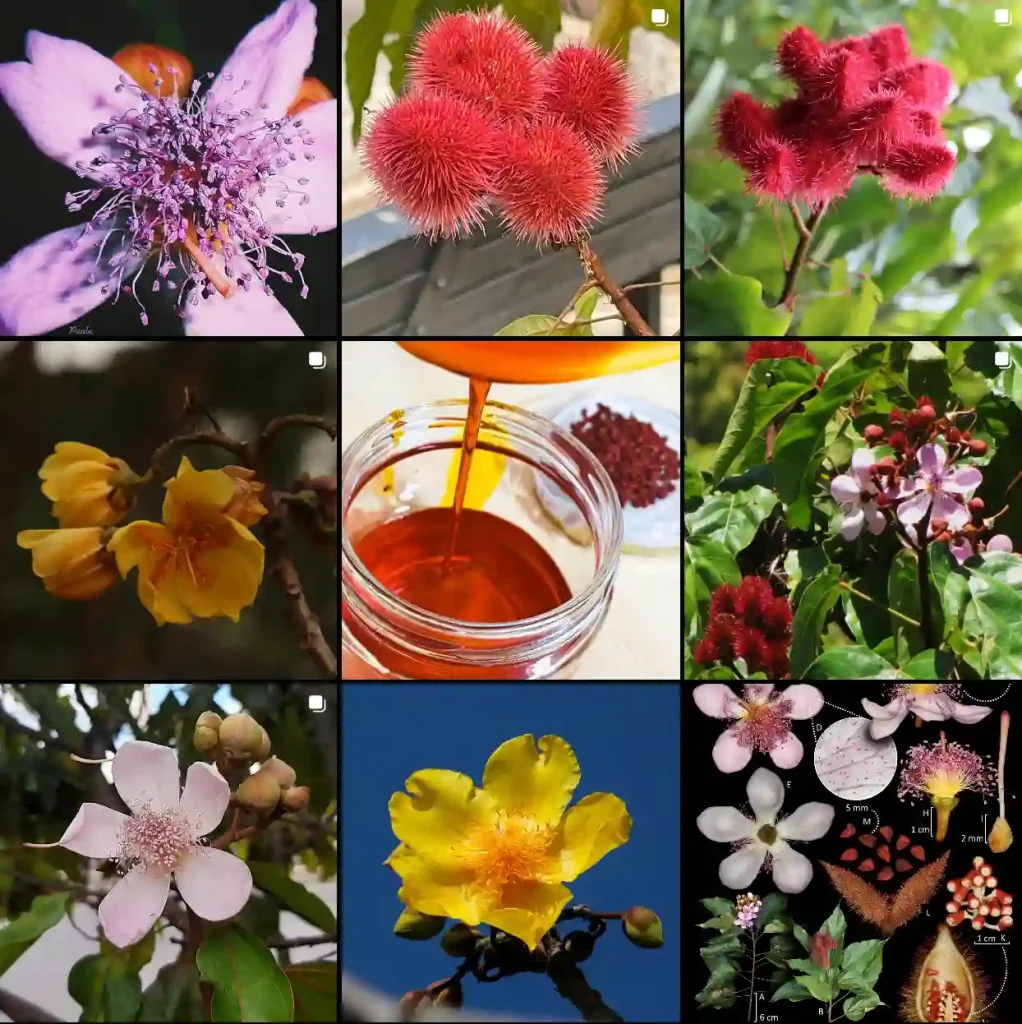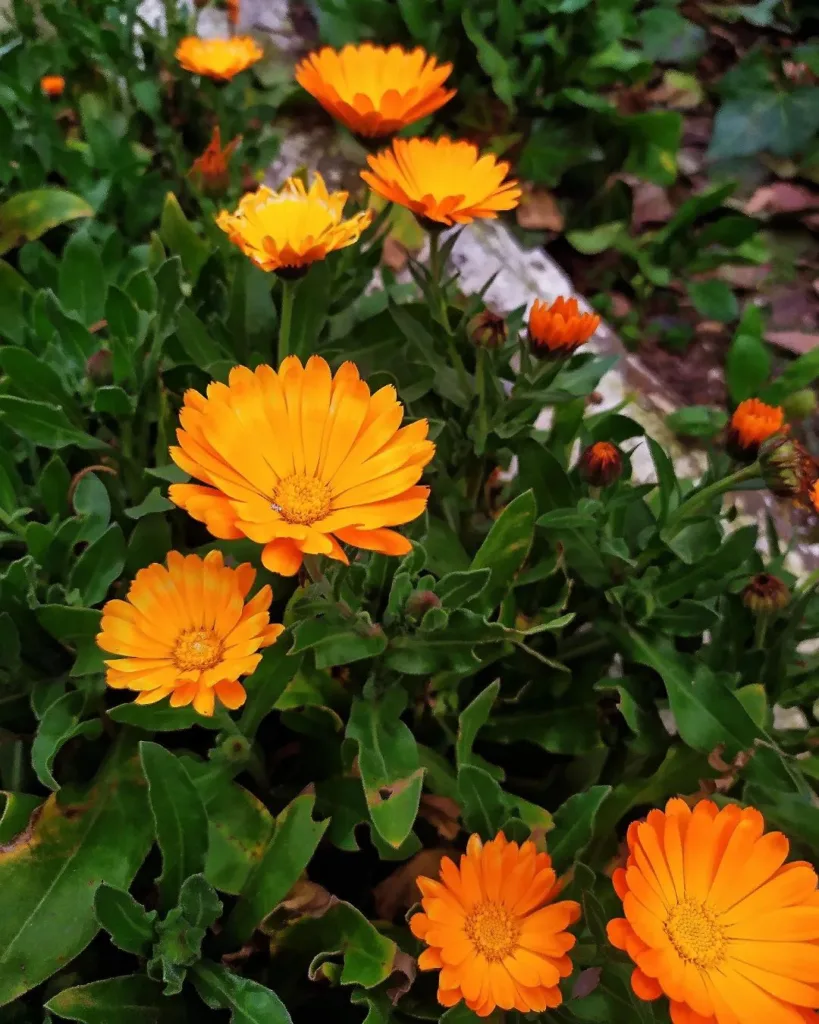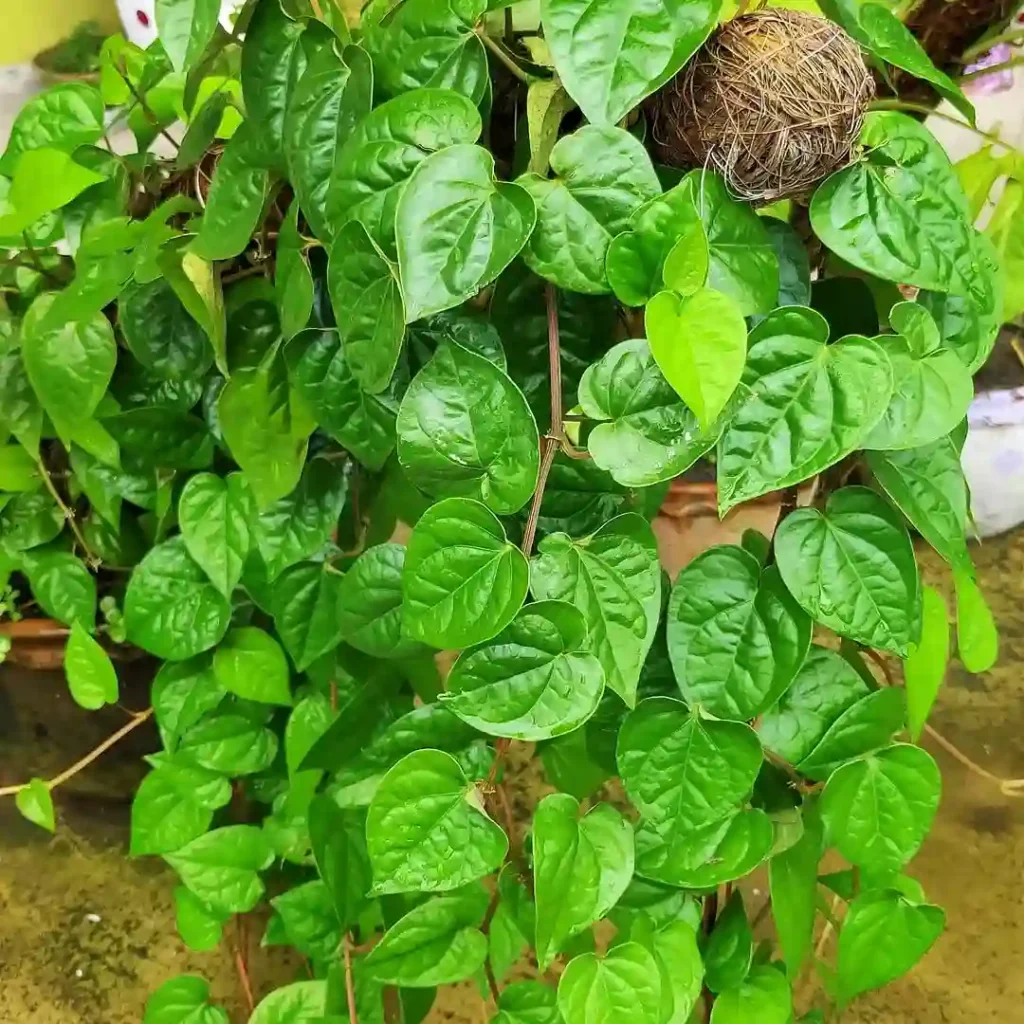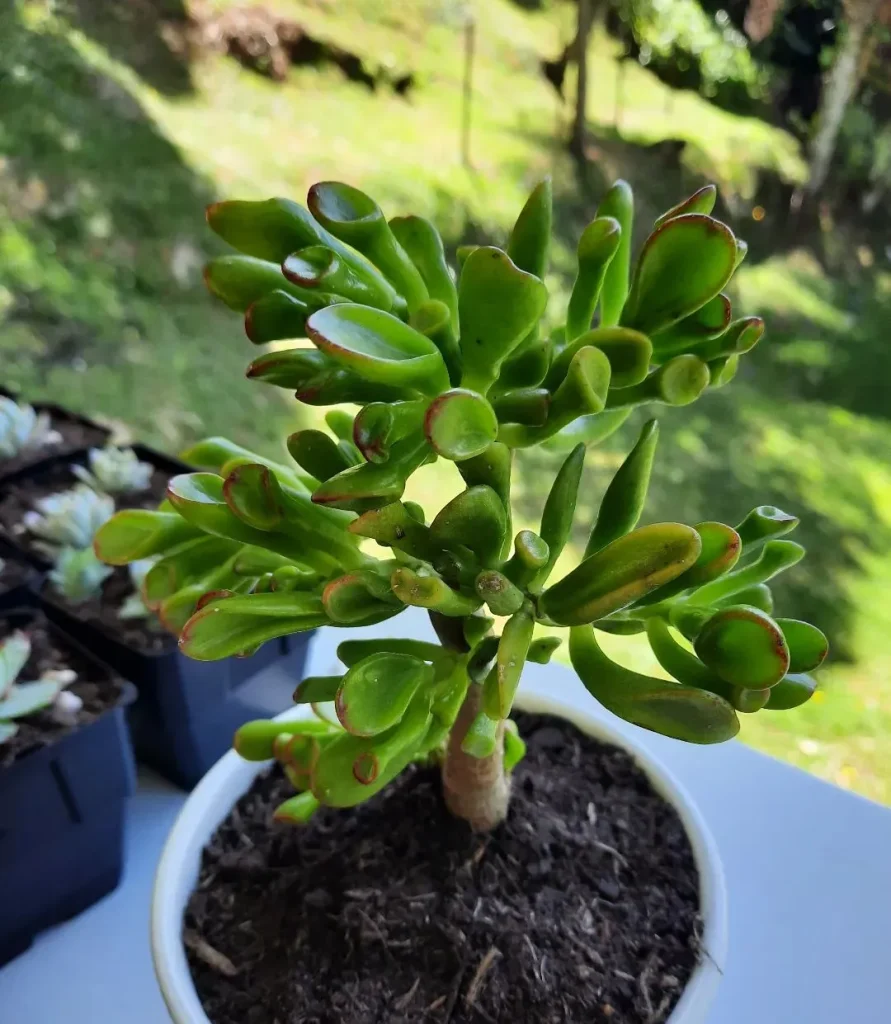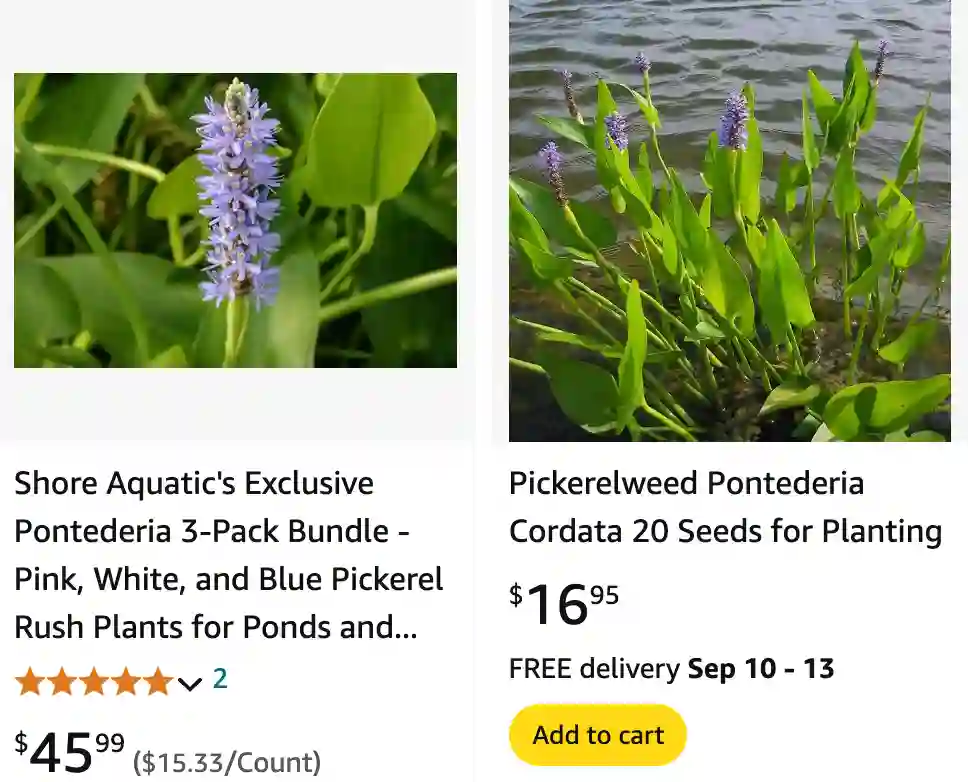
FAQs About Pontederia Cordata: Your Guide to This Charming Aquatic Plant
Pontederia Cordata, commonly known as Pickerel Weed, is a delightful aquatic plant that I’ve grown quite fond of. Its striking blue-purple flowers and lush green foliage make it a standout in any water garden or pond. If you’re considering adding this plant to your collection, you might have some questions. Let me share my experiences and insights to help you get the most out of your Pontederia Cordata.
What is Pontederia Cordata?
Pontederia Cordata is a perennial aquatic plant belong to the Pontederiaceae family, native to North America. It’s known for its heart-shaped leaves and spikes of vibrant blue or purple flowers that bloom in the summer. The plant thrives in shallow water and is ideal for ponds and water gardens. Its ability to tolerate varying water conditions makes it a versatile choice for many aquatic settings.
Plant Family: 2 Genera in Pontederiaceae
How to Care for Pontederia Cordata?
Caring for Pontederia Cordata is relatively straightforward. Here’s what I’ve learned through personal experience:
- Water Requirements: This plant thrives in shallow water, typically ranging from 6 inches to 2 feet deep. Make sure the water level is maintained consistently, as it does not fare well if the water dries up.
- Light Conditions: Pontederia Cordata prefers full sun to partial shade. In my experience, it blooms best with at least 4 to 6 hours of direct sunlight each day.
- Soil and Fertilization: It grows well in muddy or loamy soil, and I’ve found that adding a layer of compost can help boost its growth. Fertilize sparingly, as too much can lead to excessive algae growth in the water.
- Winter Care: In colder climates, Pontederia Cordata can be sensitive to frost. If you live in an area with freezing temperatures, consider moving the plant to a container and placing it in a cool, but frost-free location for the winter.
How to Propagate Pontederia Cordata?
Propagating Pontederia Cordata can be a rewarding process. Here’s a method I’ve used successfully:
- Division: The best way to propagate this plant is through division. In the spring or early summer, carefully lift the plant from the water and divide it into smaller sections. Each section should have a healthy root system. Replant the divisions in your water garden or pond, and they will establish themselves quickly.
What to Plant With Pontederia Cordata?
Pontederia Cordata pairs beautifully with other aquatic plants. I’ve found that combining it with the following can create a visually appealing and balanced water garden:
- Water Lilies: Their large, floating leaves and colorful blooms complement the vertical spikes of Pontederia Cordata.
- Creeping Jenny (Lysimachia nummularia): This plant provides ground cover and contrasts nicely with the tall spikes of Pickerel Weed.
- Caladiums: Their colorful foliage adds a vibrant contrast to the green leaves of Pontederia Cordata.
Is Pontederia Cordata Toxic?
Pontederia Cordata is not toxic to humans or pets. I’ve never encountered any issues with it in my garden, but it’s always good to be cautious around any plant, especially if you have pets or young children.
Benefits of Growing Pontederia Cordata
Growing Pontederia Cordata comes with several benefits:
- Aesthetic Appeal: The vibrant flowers and lush foliage add beauty to any water feature.
- Wildlife Attraction: It attracts pollinators like bees and butterflies, making it a great addition for supporting local wildlife.
- Water Filtration: As an aquatic plant, it helps in filtering and oxygenating the water, improving the overall health of your pond.
Common Problems and Solutions
Despite its hardy nature, Pontederia Cordata can face a few issues:
- Algae Overgrowth: Excessive algae growth can occur if the plant is over-fertilized. To manage this, reduce the amount of fertilizer and ensure proper water circulation.
- Pests: Watch out for aphids and snails. If you notice these pests, removing them manually or using organic insecticides can help.
- Frost Damage: In colder climates, frost can damage the plant. Protect it during winter or consider growing it in a container that can be moved indoors.
Comparing Pontederia Cordata with Similar Aquatic Plants
Pontederia Cordata is often confused with similar plants like Sagittaria and Echinodorus. Here’s how it stacks up against these:
- Sagittaria: Often called Arrowhead, Sagittaria has arrow-shaped leaves and tends to grow in a more upright manner compared to the heart-shaped leaves of Pontederia Cordata.
- Echinodorus: Known as Amazon Sword, Echinodorus has broader leaves and doesn’t typically flower like Pontederia Cordata does.
By understanding the nuances of Pontederia Cordata, you can ensure it thrives in your aquatic garden. Its beauty and functionality make it a fantastic addition, enhancing both the visual appeal and ecological balance of your water feature.
If i die, water my plants!
